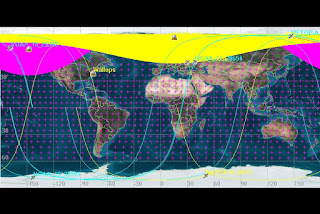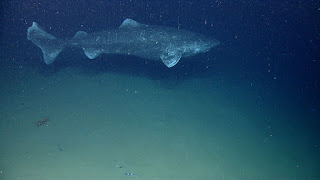The spout of a cetacean is not water. It's a complex mix of exhaled breath, some water vapor, and - as in the breath of humans - molecules of mucus and other substances that give a clue to the host's health, respiration, stress, and even exposure to toxins. But how to capture a whale's exhalations? Snotbot is a an ingenious solution developed by the Ocean Alliance. It's a weird-looking contraption, a mini-drone that takes advantage of the explosion in UAV technology to let researchers stay up to a half mile from their sensitive subjects and make passes through their spouts without the whales even noticing. (If you think about it, why would a surfaced whale ever look up?)
Supported by an army of citizen contributors, including my Project WHALES teammate (see article below) Laurie Baker, Snotbot, with scientists from the Ocean Alliance and volunteers from Olin College, has already been field-tested.
What to know more? Here's a video featuring no less an explorer than Patrick Stewart, aka Captain Jean-Luc Picard of the starship Enterprise. (Fun Fact: the creators of Star Trek: The Next Generation meant Picard to be a descendant of the Piccard family of marine explorers, one of whom made the first dive to the bottom of the Marianas Trench in 1961). If you want to follow the first expedition, go here. Snotbot is giving us a window into the lives of whales and dolphins that no other tool can.
Sail on, Snotbot!
The Snotbot logo and its unique tool (image Ocean Alliance)








